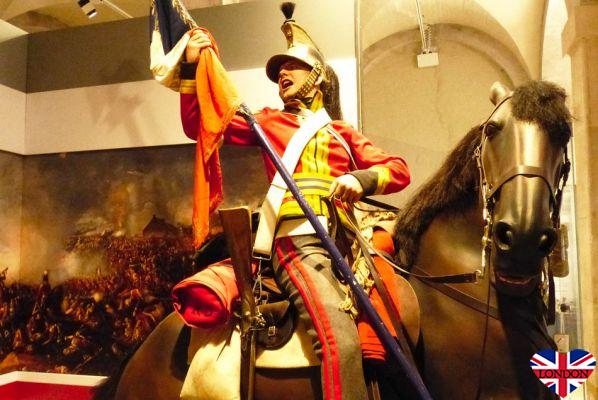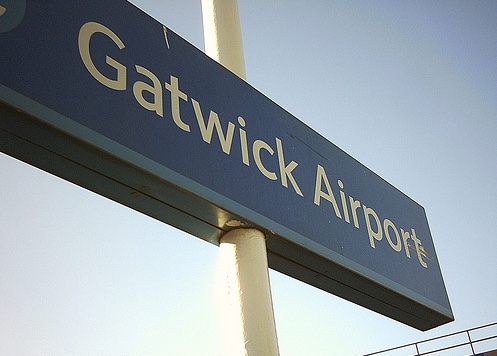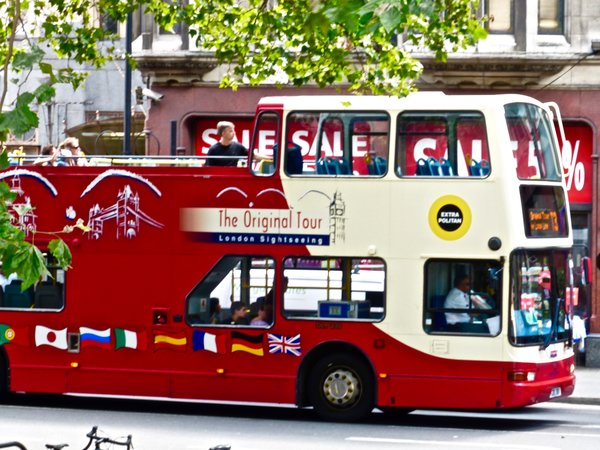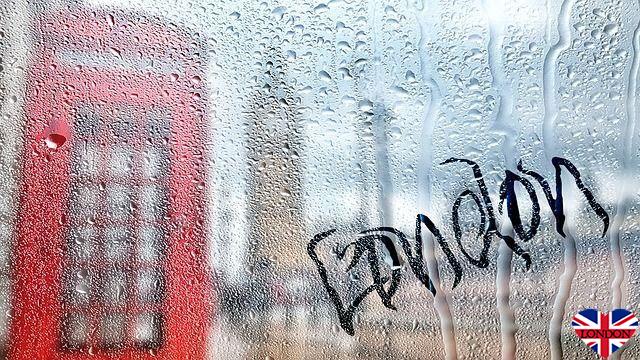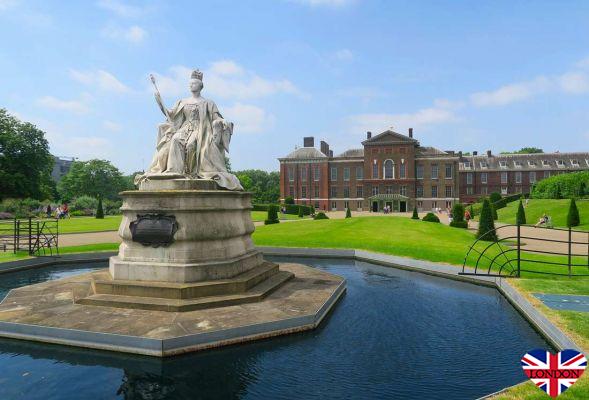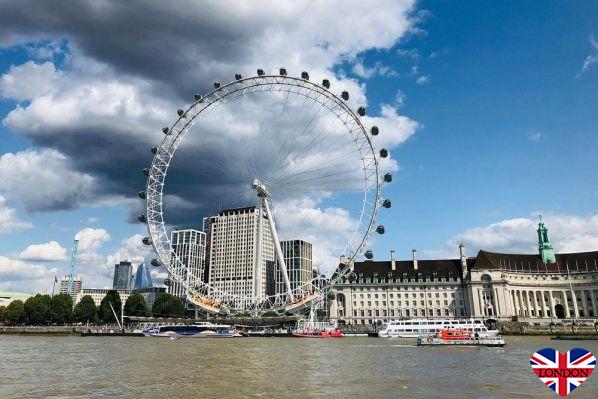
London has seven Victorian cemeteries (called Magnificent Seven) built in the mid-19th century around central London to limit the risk of spreading disease caused by the proximity of graves to old London cemeteries, located in the city center.
Haven of peace, place of walk and landscaped gardens, these cemeteries are not nothing gloomy. A place of rest for many personalities, guided tours are regularly provided to learn about the life of its illustrious occupants and discover lush vegetation.
Here is an unusual visit where history and nature combine, for a walk that goes off the beaten track.
What is the Magnificent Seven?
The Magnificent Seven (literally, the Magnificent Seven), are seven Victorian cemeteries built in the mid-19th century around London to reduce the overcrowding of existing parish cemeteries.
In the 1830s following rapid population growth and a cholera epidemic, small parish cemeteries in central London became dangerously overcrowded. Parliament passed a bill in 1832 to encourage the creation of new private cemeteries and limit the risk of the spread of diseases caused by the proximity of graves.
In less than ten years, seven cemeteries were created based on the model of Père-Lachaise cemetery in Paris, laid out in an attractive landscaped garden with many trees and winding paths.
True nature reserves, these cemeteries are remarkable for the richness of their flora and fauna and the beauty of their Gothic tombs which are real works of art, some of which are classified as historical monuments.
Today, nature has completely taken over in places and some tombstones are suffocated by ivy and others are sinking into the grass.
Kensal Green Cemetery: oldest of the Magnificent Seven

Inspired by the Père Lachaise cemetery in Paris, Kensal Green is the first of the Magnificient Seven Cemeteries. Opened in 1833, it was originally reserved for the poorest before becoming the most fashionable cemetery in the country, following the funeral in 1843 of the Duke of Sussex, sixth son of George III and his sister Princess Sophia in 1848. His tomb representing a sarcophagus is one of the most popular monuments in the cemetery.
Kensal Green is also the world's first park / cemetery which now boasts rare flora and fauna, as well as many species of birds.
Covering an area of 29 hectares, the cemetery has some 65 graves, including those of many personalities including the painters William Mulready and JW Waterhouse, the daughter of Winston Churchill and the in-laws of Charles Dickens.

Among the celebrities who rest there, since November 1991, there are also the ashes of Freddie Mercury . In 2013 a stele was erected on which is placed a plaque bearing his real name Farrokh Bulsara followed by the epitaph: “to be always near you, with all my love” and signed with the letter M; that may refer to Mary Austin.
The cemetery was also used as a filming location for the Theater of Blood and Afraid of the Dark horror films.
Finally, guided tours are organized by "The Friends of Kensal Green Cemetery", every Sunday at 14:00 pm from the beginning of March to the end of October, as well as the first and third Sunday of the month in November, December, January and February. The visit presents the history of the cemetery, the architecture of the tombs and the personalities who rest there. A participation of £ 7 is required for this visit.
Address : Harrow Road, Kensal Green, London W10 4RA
More information
West Norwood Cemetery: the world's first Gothic-style cemetery

Opened in 1837, West Norwood Cemetery is the first Gothic-style cemetery in the world with 69 burials listed as historic monuments.
Among the 42 graves, many personalities are buried in this large 000 hectare cemetery, namely Sir Henry Tate (16-1819), sugar merchant and founder of the Tate Gallery or Paul Julius Reuter (1899-1816), creator of the Reuters agency.
Des free guided tours from 1:30 am to 2:00 am are offered on the first Sunday of the month at 11:00 am from January to March; 14 p.m. from April to October and 30 a.m. from November to December.
Address : Norwood Road, West Norwood, London SE27 9JU
More information
Highgate Cemetery: one of the most beautiful cemeteries in Europe

Opened in 1839 during the Victorian era, Highgate Cemetery reflects the taste of the era with many Gothic sculptures, oriental arches and lush vegetation. It has "the finest collection of sepulchral sculptures from the Victorian era" made up of some 53 graves including those of many celebrities such as Karl Marx, George Elliot and more recently. George Michael.
The cemetery is also considered a cultural heritage by the venerable English Heritage and listed in the National Register of Historic Parks and Gardens. The most fascinating part of Highgate is undoubtedly the Circle of Lebanon: a collection of tombs arranged in a semicircle and crowned by a magnificent century-old cedar of Lebanon.
Highgate Cemetery appears in the works of Dracula by Bram Stocker and An Uncertain Place by Fred Vargas. A place for a bucolic walk, very different from the ordered cemeteries that we know in France, Highgate is home to a rich and varied flora and fauna.
To make a free or guided visit of the cemetery, it is imperative to do an online reservation
Address : Swain’s Lane, Highgate, London N6 6PJ
More information
Abney Park Cemetery: Europe's most forested cemetery

Opened on May 20, 1840, Abney Park Cemetery is located in Stoke Newington in the London Borough of Hackney and covers an area of 12,5 hectares where more than 20 people are buried. One of the 0000 cemeteries named Magnificent Seven, Abney Park was originally set up as a semi-public garden and arboretum.
It was the first cemetery for dissidents of the Anglican Church and had at its heart a non-denominational chapel open to all, regardless of religious beliefs.
In 1950, Abney Park cemetery was abandoned and became a sanctuary for vegetation and birds, but also a place for gay cruising and a haunt for some Hackney junkies. With its supernatural and enigmatic atmosphere, this cemetery inspired the soul diva Amy Winehouse who shot her music video Back to Black.
Today classified as a nature reserve, Abney is with its 2 trees and shrubs from around the world listed in alphabetical order, the most wooded cemetery in Europe. A haven of peace in the heart of the city, this veritable green park cemetery is very popular with walkers and nature lovers.
Des guided tours are regularly organized, the opportunity to learn more about the rich history of Abney Park cemetery and its occupants and to discover its fascinating flora and fauna.
Address : 215 Stoke Newington High St, Stoke Newington, London N16 0LH
More information
Brompton cemetery: a royal park

Erected in 1840, Brompton is one of the UK's oldest and most renowned landscaped cemeteries. Its 16 wooded hectares are home to 35 neo-Gothic, Egyptian and Baroque style tombs, making Brompton a place where history and nature come together. It is also a royal park, just like Hyde Park and Regent's Park, making it the only crown-owned cemetery.
Among the 200 bodies buried are the graves of London's most influential reformers, including suffragist Emmeline Pankhurst (000-1858) and physician John Snow (1928-1813), whose pioneering research into a cholera epidemic in 58 in Soho have helped prove a link between disease and dirty water.
This leafy park, considered one of Britain's finest Victorian cemeteries, is regularly used for film shoots and inspires writers. Indeed, the Chapel makes an appearance in the 1995 James Bond Golden Eye and the Brompton Catacombs appear in the film Johnny English.
Brompton Cemetery would also have inspired the author of the saga Harry Potter as well as the famous author of children's albums, Beatrix Potter who lived in the Kensington area where the cemetery is located and was inspired by the names engraved on the graves to baptize its characters.
With its old Victorian-era tombs, covered in moss and all slightly quirky, today Brompton is a peaceful stroll where Londoners play sports, walk their dogs or hang out with their family.
Address : Fulham Rd, Kensington, London SW10 9UG
More information
Nunhead Cemetery: a local nature reserve

Opened in 1840 as All Saints Cemetery, Nunhead is perhaps the least known of the Magnificent Seven, but no less attractive.
The architecture of the tombs vary according to the social status of the deceased. Indeed the most imposing monuments are the burial places of the most eminent citizens of the time. Conversely, small, sober tombstones are common or public burials.
With 21 hectares, it is the second largest of the seven magnificent cemeteries where several poets and actors are buried and where there is a monument to the Scottish political martyrs.
Numhead Cemetery is now a local nature reserve and offers fabulous views over the Saint Paul's cathedral and the skyline of London.
On the Fredzone website, the English writer David Bullock reveals that he would have found in the cemetery of Nunhead, the grave of the famous serial killer Jack the Ripper.
Des guided tours run on the last Sunday of each month departing at 14:15 p.m. from the Linden Grove gate. The visit traces the history of the cemetery, from the first death, who was 101 years old in 1840, to the 400 celebrities buried until 1998.
Address : Linden Grove, London SE15 3LP
More information
Tower Hamlets Cemetery: London's only 24-hour cemetery

Built in 1841, the cemetery was originally called The City of London and Tower Hamlets Cemetery, but was referred to as Bow Cemetery by locals.
Since 1966, Tower Hamlets no longer serves as a cemetery and was classified in May 2000 as a “local nature reserve” and historic cemetery sheltering many species of birds and insects on the 10,93 hectares it occupies.
Open all night, Tower Hamlets is London's only cemetery open 24/24
Address : Southern Grove, Mile End, London E3 4PX
More information








